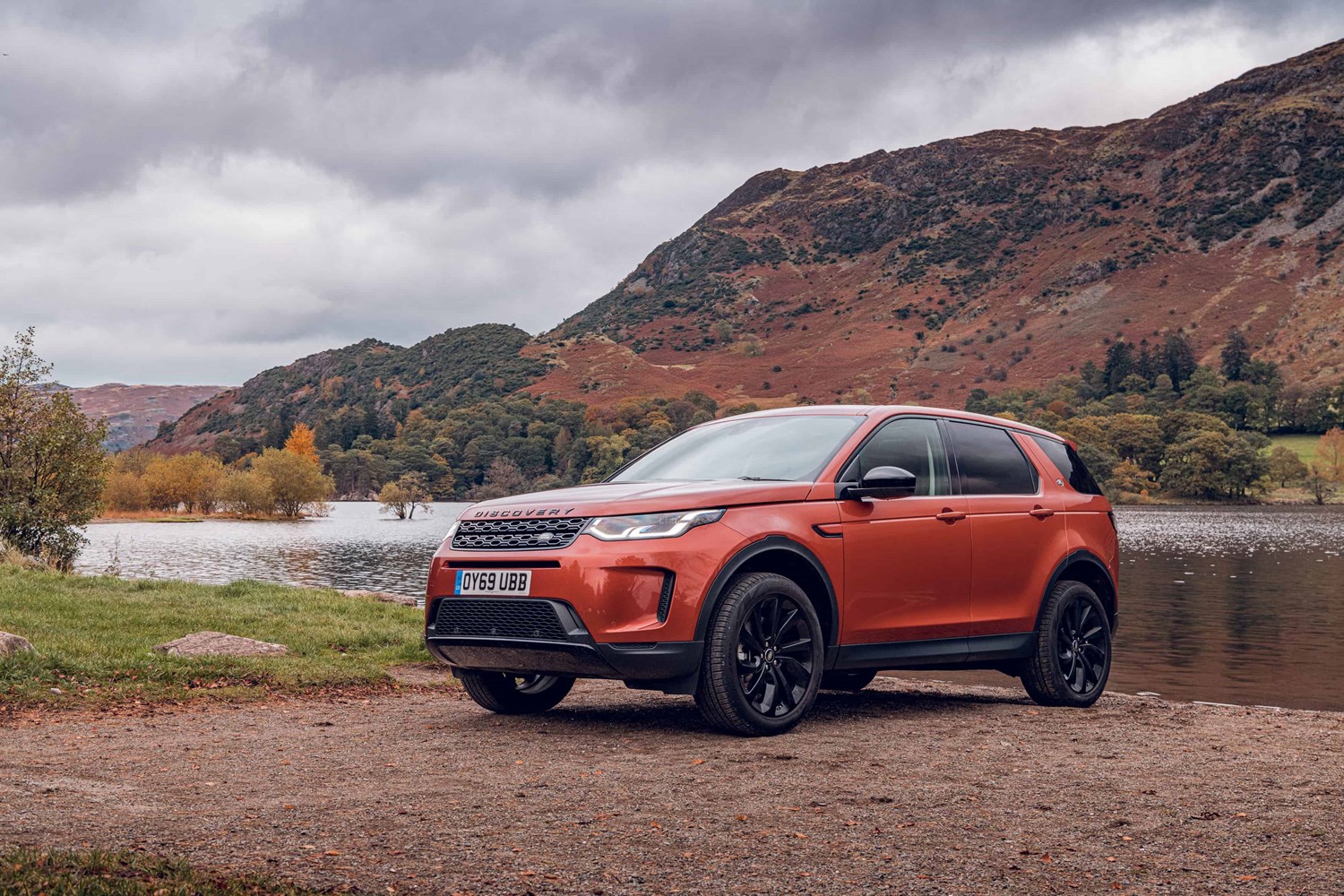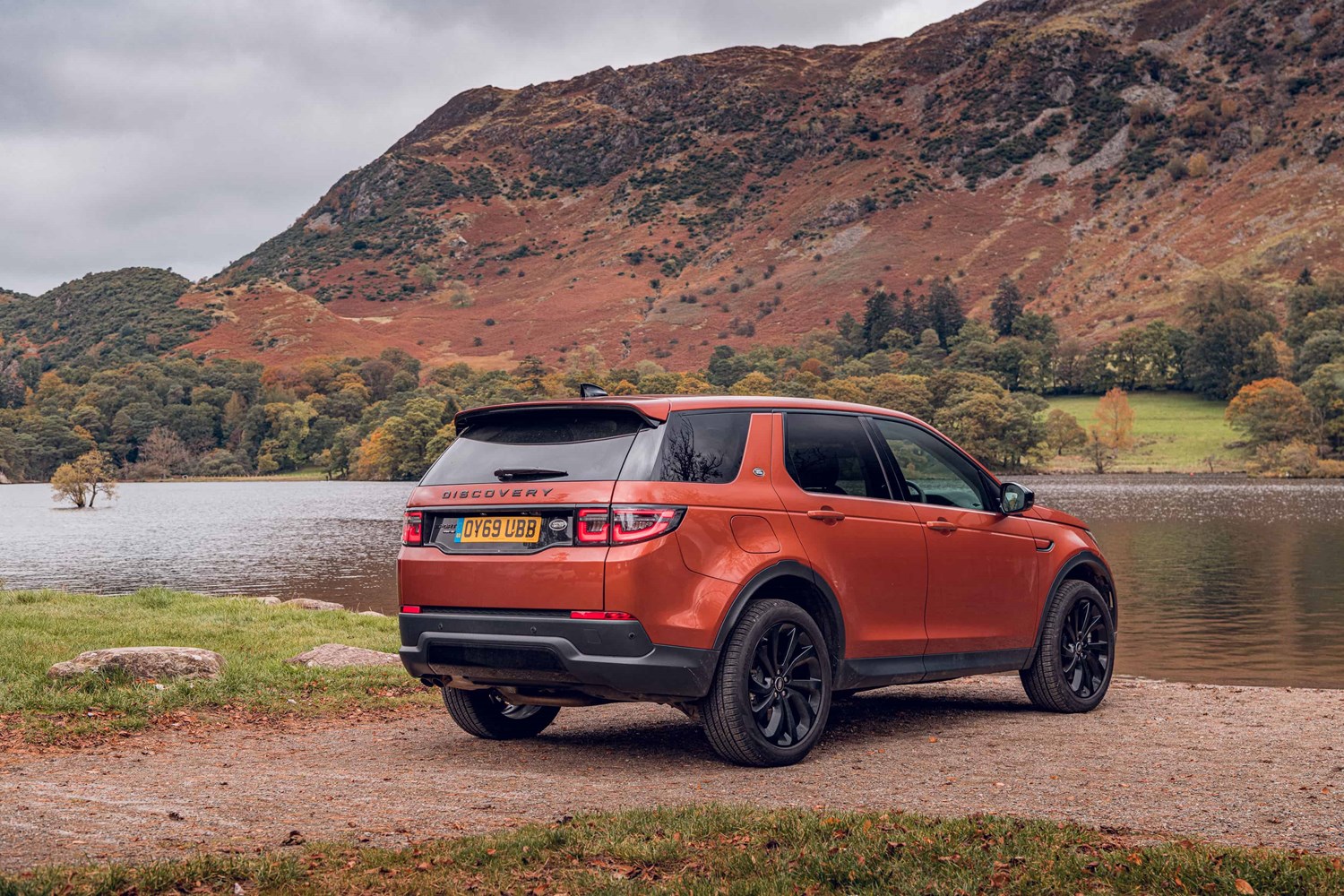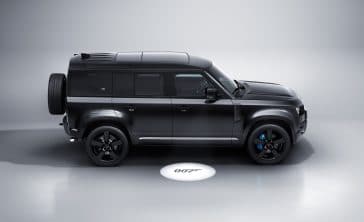Current model
As mentioned before, the Sport got a fairly significant facelift for 2019. One that has really helped the model stay competitive with newer rivals. Buyers with the budget for a refreshed Discovery Sport should definitely consider going for the upgrade over the pre-facelift version.
For starters, it hasn’t just been given a new lick of paint and sent back out onto the market. In reality, changes can be found underneath the Sport’s updated styling. One notable alteration is its platform, which is all new. Considering the old basis for the sport was noticeably aging, this is good news.
Another great thing that shows this refreshed version means business is the introduction of mild-hybrid technology. It’s available on all engines except the base diesel, meaning there’s plenty of scope for buyers to enjoy fuel-saving benefits.
Out on the road, and off it for that matter, the Discovery Sport is among the best in its class. Apart from the suspension proving a bit harsh in places, we have little to complain about. For an SUV, the steering and overall dynamics are rather impressive. Sure, it’s maybe not as sporty as the name ‘Sport’ suggests, but it’s really rather good.
Value for money
New Discovery Sport models are priced from £31,575, which is actually quite a bit cheaper than German rivals such as the Audi Q5 (£41,420) and BMW X3 (£40,335). Spring for the higher trim level and ticking a few optional extras can get expensive, but stick around entry-level variants and buyers will find themselves getting very good value for money.
In terms of used Sports, there are some good deals out there as well. Cheapest ones go for around £14,000. Unfortunately, the modernised facelift version is too new to find any amazing bargains just yet, however, pre-facelift cars are still a fantastic buy, especially at that price point.
Looks and image
The Disco Sport, as it’s sometimes referred to, isn’t perhaps the most stylish car in its class. Its design is arguably a bit too familiar to be setting any trends. That being said, the SUV is certainly handsome and a far cry from ugly, particularly in facelifted form.
The updated exterior of the refreshed iteration raises the bar in terms of sportiness, premium, modern looks and road presence. It may not be able to match the Range Rover Velar or the larger Discovery, but the Sport definitely comes close in those areas.





